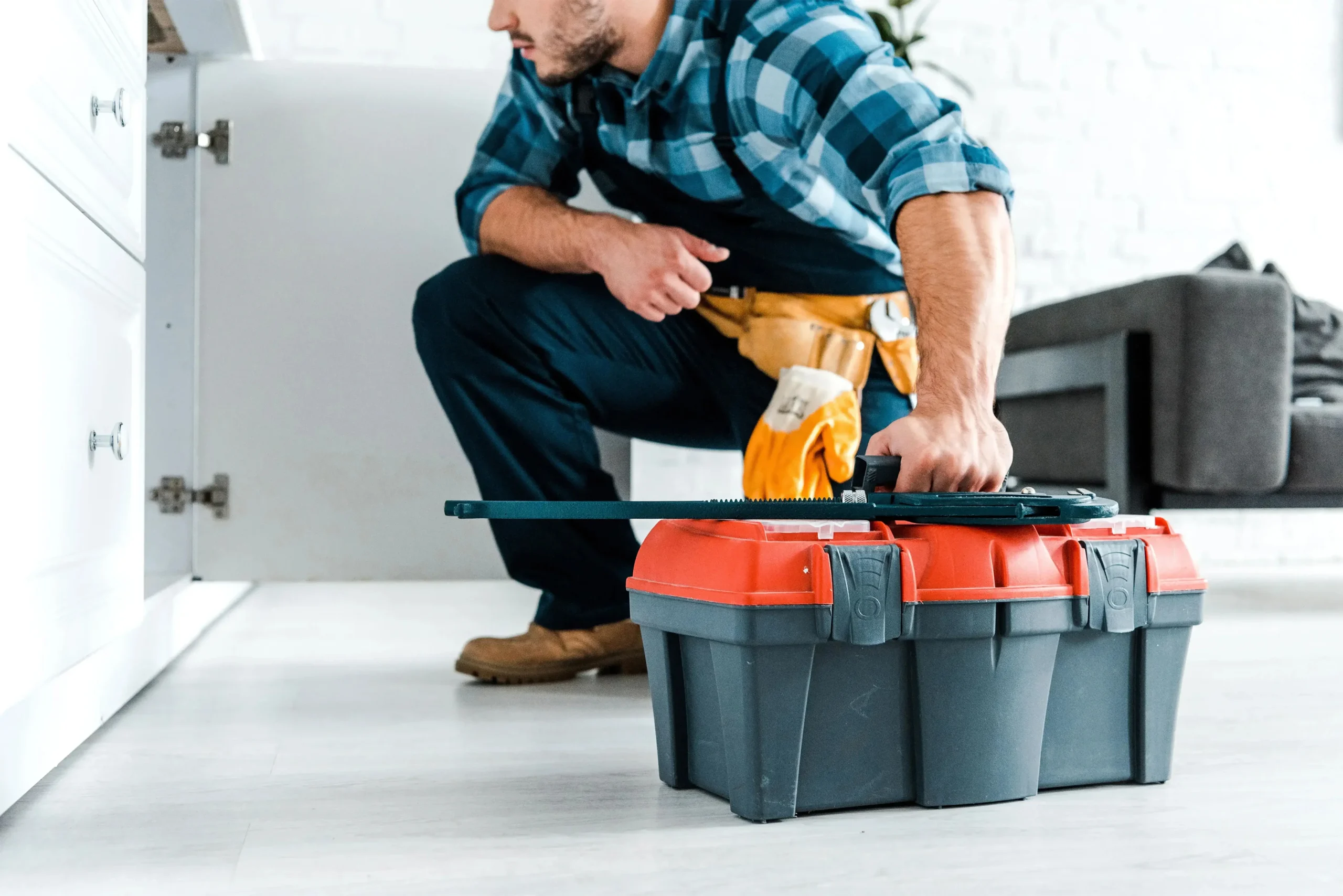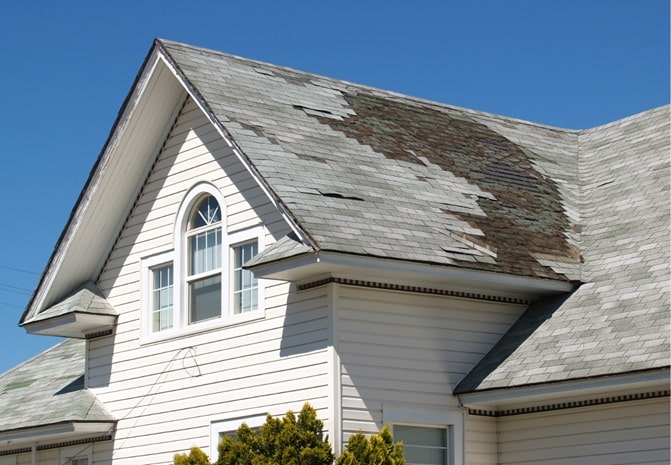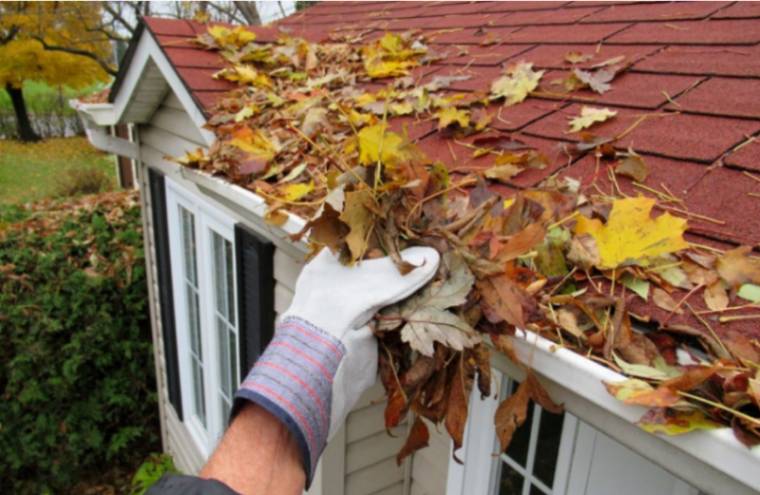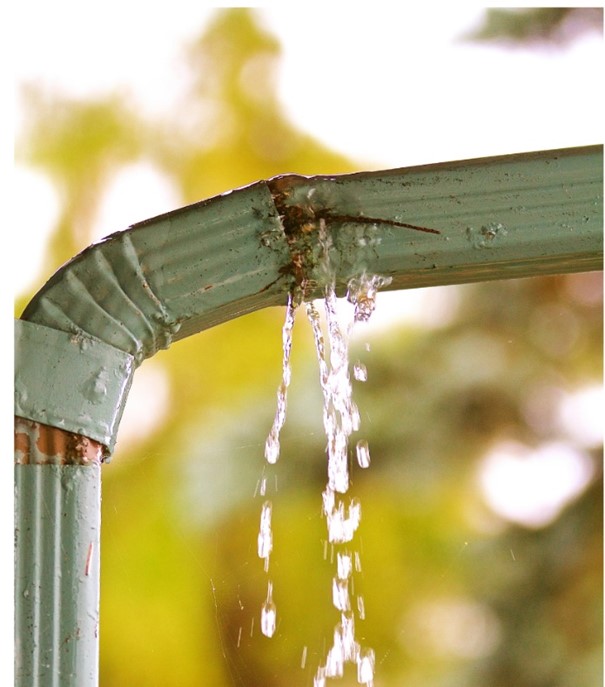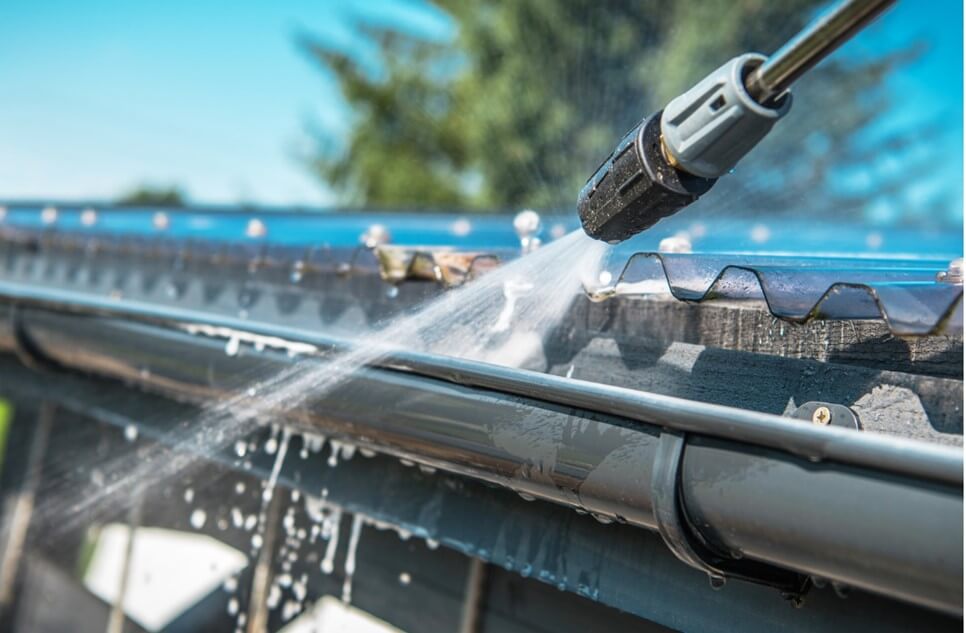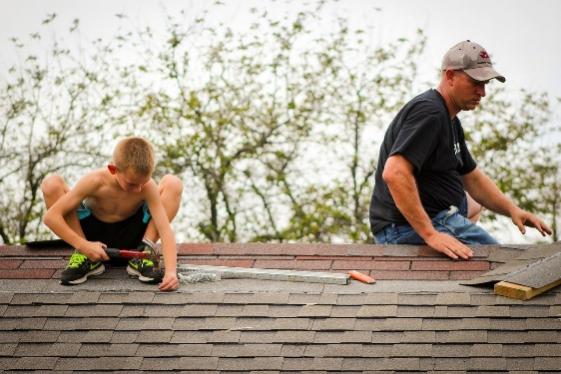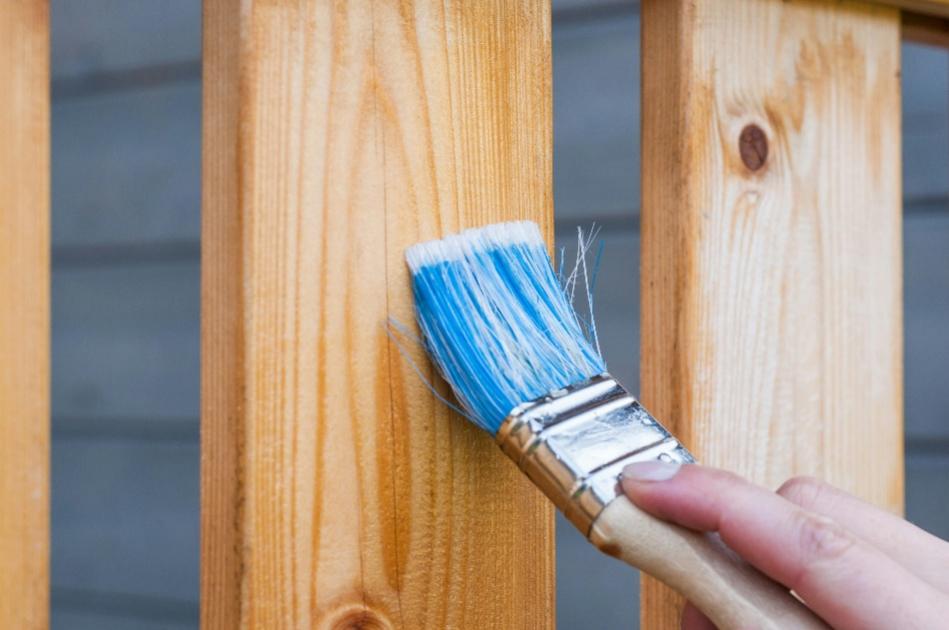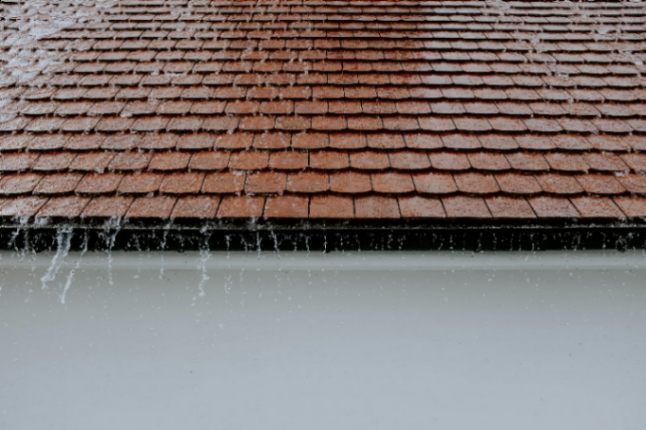Many people are unaware of all the deck maintenance tasks that should occur annually to protect your deck. While annual cleaning of the deck seems like enough, maintenance should go beyond that. We’re here to simplify and offer a deck maintenance checklist with “dos and don’ts” to keep your deck in tip-top condition.
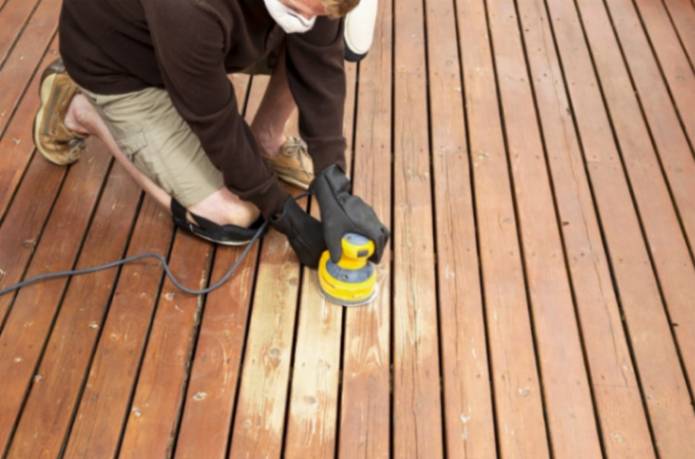
The “Dos” of Deck Maintenance
Wash Your Wood Deck Every Year, and Twice a Year for Composite Decking
Remember, anything outside will get dirty – including your deck. Each deck manufacturer will instruct owners to wash your deck off routinely, at least annually. Fortunately, a simple mop or spot treatment can ensure your deck looks pristine. While most decking manufacturers have unique suggestions for cleaning, blue Dawn dish soap also works.
For composite decks, cleaning still should occur, but should be done twice a year. These decks are built to last longer with fewer maintenance requirements but do require more cleaning to keep them in good condition.
Sweep and Remove Debris, Snow, and Ice Routinely
Snow and ice on any surface can be hazardous, and your deck is no exception. Ensure that your deck is cleared of snow and ice. In cases of debris, sweep it away as soon as possible. Trapped leaves and dirt can contribute to rot, mold, and other stains.
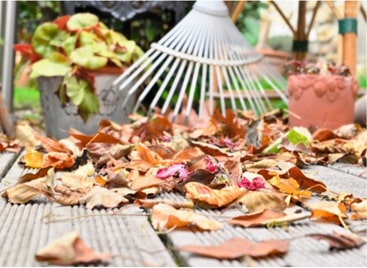
Reseal Deck Every Few Years
Another step to take after cleaning might be resealing your deck. While this is generally not an annual task, you should reseal wooden decks every few years as needed. Sealing protects decks from splitting, cracking, and warping. Additionally, it waterproofs the wood, ensuring your deck stays in pristine condition much longer.
There are numerous products available for sealing, however, the product you choose should depend on how much light the deck receives. If your deck is in a sunny location, be sure to choose a sealant that protects your deck from water and UV rays. For composite decks, sealing is usually not necessary.
Cover Plantings Around Deck Before Treating Wood
A frequently forgotten step in deck maintenance is covering the surrounding landscaping prior to cleaning the deck. Harsh chemicals can hurt or kill the nearby plants, unless the cleaner is extremely diluted. If you want to avoid covering your landscaping, consider using a mild cleaning solution such as dish soap or baking soda.
Rearrange Furnishings Every Year
A commonly overlooked part of deck maintenance is rearranging furniture routinely. You should move your furniture and rugs each year to ensure no water is trapped beneath, which can damage the deck.

Inspect Your Deck Once or Twice Annually
After you clean your deck, conduct a deck inspection. Look for worn areas or other spots needing repair such as loose or rotting boards. Also check for loose, missing, or rusty screws. Tighten those loose screws and replace any missing or rusty screws. During the inspection, be sure to check that the deck railing is secure. If the rail shakes or feels unstable, replace or reinforce as soon as possible.
The other bonus, many deck manufacturers offer warranties which can handle instances of disrepair. Inspecting your deck routinely can guarantee that any repairs are covered by the warranty.
The “Don’ts” of Deck Maintenance
Don’t Paint Your Deck If Possible
While it may be tempting to paint your deck, painting creates additional unavoidable maintenance. Painting will also involve priming, creating additional steps for maintenance. In addition, moisture is likely to become trapped underneath the paint which can damage the deck. Paint also chips and flakes overtime, unlike stain. Instead, use stain to limit damage and maintenance needed.

Avoid Using Bleach to Clean
Chlorine bleach is a major no-go for cleaning decks. While bleach kills mold and mildew, it is not recommended for cleaning treated wood. It can raise wood fibers creating a fuzzy surface appearance. Instead, opt for the Dawn dish soap, oxygen bleach, hydrogen peroxide, or oxalic acid-based solutions. Oxygen bleach is environmentally friendly and kill organic growth and mildew, hydrogen peroxide kills mildew rapidly, and oxalic acid-based solutions are excellent brighteners and raise the pH in the wood.
Another note, if your deck was newly installed, you won’t need to clean until the first year after installation. However, cleaning is still essential for spills or other messes.
Don’t Use a Wire Brush to Clean
Wire brushes are a no-go when it comes to cleaning decks. While effective for removing stains, they scrap up the wood and cause damage to the surface. Instead, use a less abrasive material for cleaning.
Avoid Using Harsh Power Washers If Possible
While tempting, it’s crucial to avoid power washing your deck when possible. High water pressure can soften wood, leaving it susceptible to damage – especially soft woods such as cedar. Instead, opt for a garden hose. If you must use a power washer, set it to the lowest pressure setting to limit damage.

Avoid Using Metal-Tipped Shovels on Your Deck
Depending on the weather, most decks will need to be cleared of snow, ice, or leaves at some point. In those instances, a shovel is fine, but avoid using metal tipped shovels and opt for a plastic shovel instead. Metal tipped shovels can gouge the deck boards, unnecessarily adding more wear to the deck.
Avoid Using a Vinyl Mat on Your Deck
Mats are a lovely way to decorate various spaces, however, vinyl mats should be avoided on decks at all costs. Vinyl has been known to sometimes cause a chemical reaction between the mat and the deck wood, discoloring the wood. If you decide to use a rug on your deck, opt for a sisal or cotton rug.

While deck maintenance can feel tedious, there are numerous steps to take for proper deck maintenance. However, if you aren’t up for handling maintenance yourself, reach out to Capital Exteriors and Renovations. We have experts who can not only handle deck maintenance and repairs, but deck installation as well.
